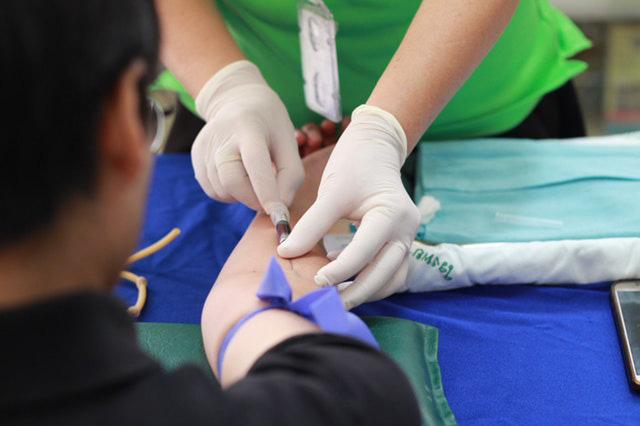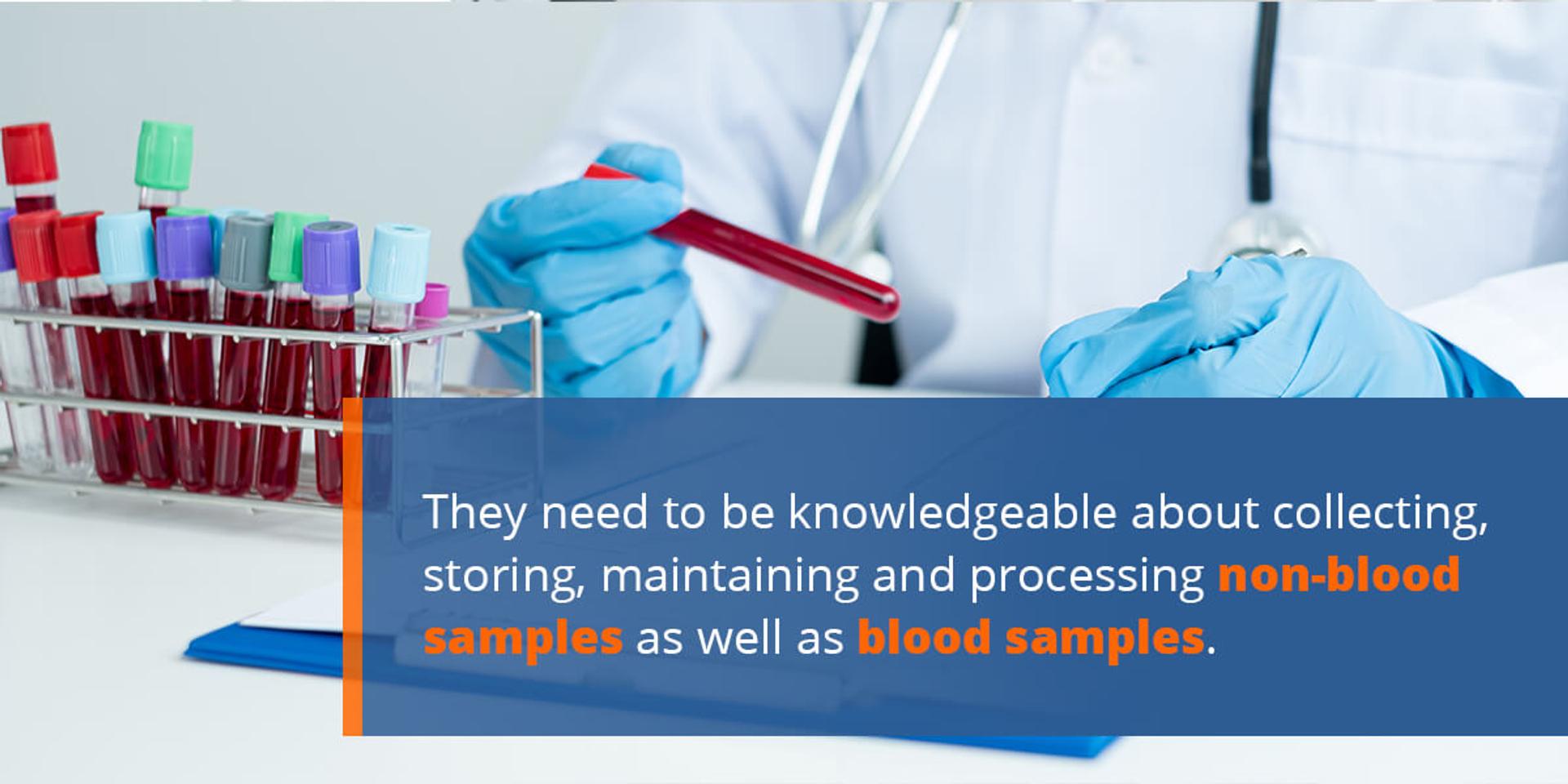The Single Strategy To Use For Northeast Medical Institute - New Haven Campus Phlebotomy Course & Cna Class
The Single Strategy To Use For Northeast Medical Institute - New Haven Campus Phlebotomy Course & Cna Class
Blog Article
Some Known Details About Northeast Medical Institute - New Haven Campus Phlebotomy Course & Cna Class
Table of ContentsHow Northeast Medical Institute - New Haven Campus Phlebotomy Course & Cna Class can Save You Time, Stress, and Money.Some Known Questions About Northeast Medical Institute - New Haven Campus Phlebotomy Course & Cna Class.Northeast Medical Institute - New Haven Campus Phlebotomy Course & Cna Class Things To Know Before You Buy5 Easy Facts About Northeast Medical Institute - New Haven Campus Phlebotomy Course & Cna Class ExplainedUnknown Facts About Northeast Medical Institute - New Haven Campus Phlebotomy Course & Cna ClassThe 10-Second Trick For Northeast Medical Institute - New Haven Campus Phlebotomy Course & Cna Class
The use of such devices should be come with by various other infection avoidance and control practices, and training in their use.For setups with low resources, price is a motoring aspect in procurement of safety-engineered devices - Phlebotomy Classes. Where safety-engineered devices are not readily available, competent use a needle and syringe is appropriate. Accidental exposure and particular info about an occurrence must be recorded in a register. Assistance services should be promoted for those that undergo unexpected exposure.
labelling); transport problems; interpretation of results for professional administration. In an outpatient department or center, give a dedicated phlebotomy workstation containing: a tidy surface with 2 chairs (one for the phlebotomist and the various other for the client); a hand wash basin with soap, running water and paper towels; alcohol hand rub. In the blood-sampling room for an outpatient department or facility, supply a comfy reclining sofa with an arm remainder.
The Of Northeast Medical Institute - New Haven Campus Phlebotomy Course & Cna Class
Make certain that the indications for blood tasting are clearly defined, either in a created procedure or in documented guidelines (e.g. in a research laboratory type). Gather all the tools needed for the treatment and place it within safe and very easy reach on a tray or cart, making certain that all the products are clearly visible.
Introduce yourself to the client, and ask the individual to state their complete name. Inspect that the laboratory kind matches the patient's identification (i.e. match the client's details with the research laboratory kind, to make certain accurate recognition).
Make the individual comfortable in a supine position (if possible). Area a tidy paper or towel under the individual's arm. Talk about the examination to be executed (see Annex F) and acquire verbal approval. The client has a right to reject a test at any moment before the blood tasting, so it is very important to ensure that the client has recognized the treatment.
Northeast Medical Institute - New Haven Campus Phlebotomy Course & Cna Class Fundamentals Explained
Extend the client's arm and evaluate the antecubital fossa or lower arm. Find a blood vessel of a great dimension that shows up, straight and clear. The diagram in Area 2.3, shows common placements of the vessels, yet many variations are possible. The typical cubital capillary exists between muscular tissues and is typically the most easy to puncture.
DO NOT put the needle where veins are drawing away, due to the fact that this increases the possibility of a haematoma. The capillary must show up without using the tourniquet. Situating the blood vessel will aid in determining the appropriate size of needle. Apply the tourniquet concerning 45 finger widths above the venepuncture site and re-examine the vein.
Samplings from main lines lug a risk of contamination or erroneous research laboratory test outcomes. It is acceptable, but not suitable, to attract blood samplings when very first presenting an in-dwelling venous tool, prior to linking the cannula to the intravenous liquids.
The 3-Minute Rule for Northeast Medical Institute - New Haven Campus Phlebotomy Course & Cna Class
Allow the area to completely dry. Failing to enable enough contact time raises the danger of contamination. DO NOT touch the cleaned website; specifically, DO NOT place a finger over the capillary to lead the shaft of the revealed needle. It the website is touched, repeat the disinfection. Do venepuncture as complies with.
Ask the person to create a fist so the blood vessels are a lot more popular. Get in the capillary quickly at a 30 degree angle or less, and proceed to present the needle along the vein at the easiest angle of access - Phlebotomy Classes. As soon as sufficient blood has actually been accumulated, launch the tourniquet prior to withdrawing the needle
Northeast Medical Institute - New Haven Campus Phlebotomy Course & Cna Class - Questions
Take out the needle carefully and use mild pressure to the site with a tidy gauze or completely dry cotton-wool round. Ask the individual to hold the gauze or cotton wool in area, with the arm extended and raised. Ask the client NOT to flex the arm, because doing so causes a haematoma.

Things about Northeast Medical Institute - New Haven Campus Phlebotomy Course & Cna Class
Where possible, keep the tubes in a rack and relocate the shelf in the direction of you - https://northeastmed.carrd.co. If the sample tube does not have a rubber stopper, infuse very gradually into the tube as decreasing the stress and velocity utilized to move the sampling lowers the click here for info threat of haemolysis.

Report this page